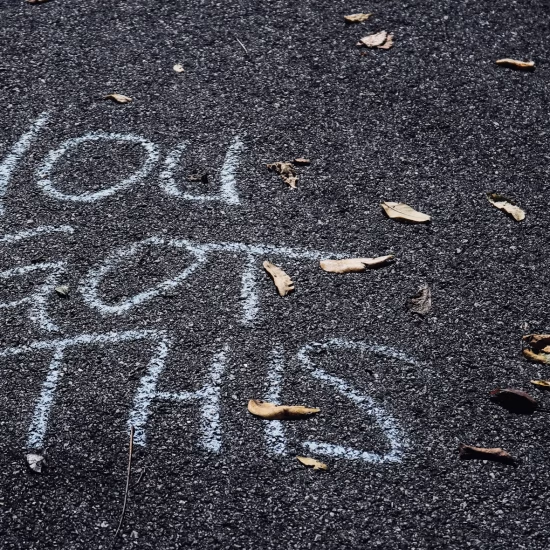
As schools return to fully in-person learning, change is afoot. One noticeable shift is the number of new teachers, teachers working in new buildings, new districts, new subjects, or new grades. Even veteran teachers returning to classrooms have that déjà vu sense of things being familiar yet somehow feel new–and definitely altered. Some of us have previously learned or faithfully implemented certain teaching practices, which—while on the surface seem fairly basic and foundational—are even more critical for us to be intentional about now. Though we may feel tempted or pressured to dive right into teaching the standards in our curriculum, there are four things we can and must do to start the year off right and set ourselves and our students up for success. So take a deep breath and think about these basics:
1. Know who your students are (before you focus on where they are)
After more than a year of disrupted learning through the Covid-19 pandemic, there is need to figure out what students know, what they need, and how to tailor instruction to meet their individual needs. This has always the case. The words used to express the need to “catch them up” or help them access “unfinished learning” are debatable, but one thing isn’t debatable: before you can do any of that you must know who your students are as individuals. This is often lost in math classrooms, and when it is done, it is usually via one activity during the first day or two of school.
Your students’ beliefs about and disposition towards mathematics—their math identity—is formed by their experiences in and out of math class. Learning about their math identity is crucial at the start of the year, but it is also an ongoing process. As your students learn, grow, and change throughout the year, keep tabs on how their dispositions towards math, their beliefs about it, and how they view themselves and their abilities to learn math also grow and change. To understand their math identity, you also need to think about your own. What was it like for you to learn math student? What did you like about math? How do you use math in your daily life? Thinking about your math perspective helps you think about how you teach math.
2. Build a math classroom community with students rather than for students.
You want to build a classroom that is ripe for engagement and discussion, in which students share their ideas freely. The community you establish should be one where students feel safe taking risks and value learning with others. You also want to think about functionality. Use your classroom to reinforce and contribute to student understanding. Avoid feeling like you need to have your classroom completely decorated before the school year starts. It shouldn’t be a museum of laminated commercial posters. Use your space throughout the year to memorialize the learning that you and your students grow together. Decorate it with anchor charts that you create together. Think about how you can incorporate interactivity through word walls, number lines, and number charts that you learn to implement together.
3. Commit to letting students do the math first.
This is exactly what it sounds like. When you launch new math tasks and pose new problems, let students try it to figure it out first with or without partners, and without you simply demonstrating how to do it. Let them try to represent their thinking. Let them grapple with it. Will they get the right answer right away? Maybe. Maybe not. Math is about making sense and reasoning—not following steps—and each and every student has natural ability to do and learn math.
Giving students the chance to try to reason through a problem first taps into their natural ability. This doesn’t mean that you won’t need to teach them an approach, strategy, concept, or procedure. You will! But letting students do the math first allows you to:
- observe what they do.
- see their natural strategies, which you can build on to find some that may be more efficient.
- assess where students are with the topic at hand.
- identify related skills or concepts that might need polishing.
- See misconceptions and identify what you might need to address during the lesson debrief or potentially the next day.
By doing this, you create an instructional process that puts students at the center and builds on their thinking.
4. Find time to play with numbers
One of the most important things you can do is to find ways to play with numbers each day, regardless of the lesson’s instructional focus. Playing with decomposing numbers, number relationships, estimating, and observing numbers in real world contexts helps shore up the number sense they need to apply to rigorous problem solving. The good news is there are many, many ways and numerous resources to help you do this regardless of the grade you teach. Look for resources that refer to number routines, number talks, or number discussions. Use them every day for just a few minutes. Over the course of the year, you’ll find that your students’ number sense will grow dramatically.
You may be thinking, “But we have started school already!” That’s ok. The tips above aren’t only for a fresh start. There is still time. You are early in the year and there is time in the coming weeks to revisit learning about who your students are. There is time to adjust what’s on classroom walls or bulletin boards. You can shift to giving students an opportunity to do math first and to play with numbers daily at any point in the year.
Give yourself grace as you move forward. Try not to feel like you have to master any approach quickly. Don’t be too hard on yourself if something doesn’t work. Tinker and try to be patient. Something done well or built well isn’t usually done quickly.
Of course, these four tips are just a few of the things you’ll want to set out to do. There are many aspects teaching mathematics to learn and to use. You can’t take it all on at once. As you go through the year, there are new questions and challenges to tackle. And when you’re ready there are all sorts of resources for you to check out, including our latest endeavor: Five to Thrive: Answers to Your Biggest Questions about Teaching Elementary Math.







KfnqDuxw / July 11, 2025
1
/